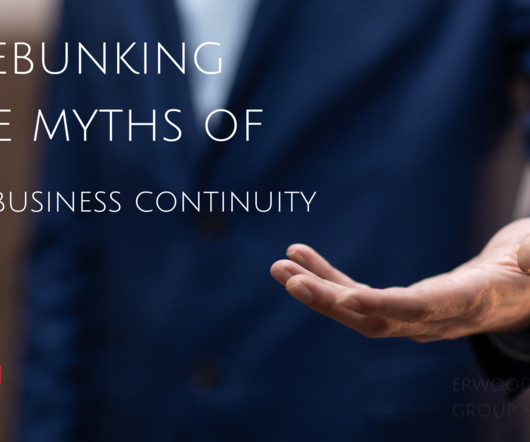Safeguarding Your Computer Systems: How to Build an IT Disaster Recovery Team
MHA Consulting
OCTOBER 19, 2023
The BC professional on the team ensures that IT recovery plans align with business needs. Business needs are determined by a Business Impact Analysis (BIA) completed before disaster recovery planning begins. The coordinator also helps resolve problems encountered and removes roadblocks that might slow the process down.











Let's personalize your content